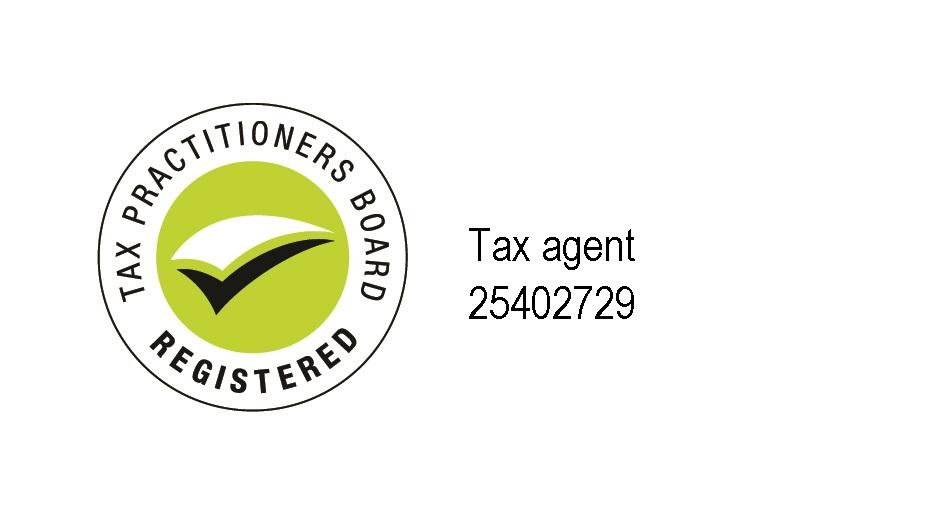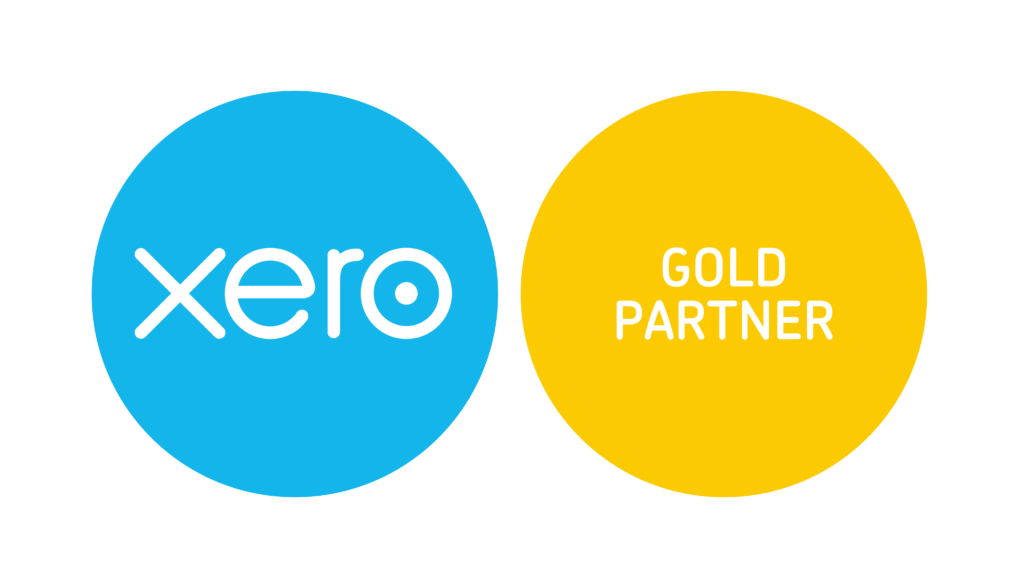JobKeeper 2.0 Legislated

Key Points:
- On 3 September 2020, the extension of the JobKeeper Payment was officially extended by a further six months to 28 March 2021
- A two-tiered payment system will apply based on hours of work or active engagement for eligible business participants
- Entities will need to re-assess their eligibility under a new actual decline in turnover test
On 3 September 2020, the extension of the JobKeeper Payment was officially extended by a further six months to 28 March 2021, with ‘The Amending Rules’ of how the scheme will operate being registered on the 15 September 2020.
Under the new rules, the scheme will be tapered with respect to the December 2020 and March 2021 quarters for targeted assistance. In addition, a two-tiered payment system will apply based on hours of work or active engagement for eligible business participants.
We note that the rules are more complex than the original JobKeeer rules and the below does not cover every scenario, however, the main features of the JobKeeper extension are as follows:
Decline in Turnover Test – New Actual GST Decline Test
Entities will need to re-assess their eligibility under a new actual decline in turnover test, which applies to two separate extension periods;
Extension Period 1 applies to JobKeeper fortnights beginning 28 September 2020 and that end on 3 January 2021.
Extension Period 2 applies to JobKeeper fortnights beginning 4 January 2021 and that end on 28 March 2021.
Under this new test, the entity will need to have satisfied a decline of 30% (for entities with a turnover of less than $1 billion or less) in its actual GST turnover for the September 2020 quarter compared to the September 2019 quarter for extension period 1, and 30% (for entities with a turnover of less than $1 billion or less in December 2020 quarter compared to the December 2019 quarter for extension period 2.
It is important to note that an entity cannot ‘estimate’ it’s GST turnover for JobKeeper 2.0. The new actual GST decline test seeks to ensure that an entity assesses eligibility when GST supplies (including GST Free Supplies) are ‘attributed’ to the relevant testing quarter.
For simplicity, depending on the applicable GST accounting basis, supplies should be allocated as follows:
- Cash basis – supplies are attributed (i.e., taken to be made) when the business receives payment for them. This means that where only a part-payment is received, the supply is only taken to be made to the extent of the payment received.
- Non-cash (accruals) basis – supplies are attributed (i.e., taken to be made) to the period a business receives any payment, or when an invoice was issued (if this was prior to the receipt of any payment).
Furthermore, a business cannot generally ‘pick and choose’ which accounting method (i.e., a cash or non-cash basis) it applies when determining its actual (current) GST turnover under JobKeeper 2.0. This is because the Decline in Turnover Amending Rules require a business to adopt the GST attribution basis applicable to their circumstances (ie, how do they account for GST on their BAS’) so as to determine whether supplies are attributable to a particular test period.
We note that the ATO already have details of each entities September 2019 BAS and the GST turnover for that period. The ATO’s systems are ready to data match against the September 2020 BAS’ lodgements to ensure integrity and compliance in the JobKeeper extension for quarterly and monthly BAS lodgers.
NOTE: At the time of writing, the ATO have confirmed that the original ‘Alternative Test’s’ will still apply for determining eligibility of JobKeeper 2.0, however, their guidance on these alternative tests is yet to be released.
JobKeeper 2.0 Wage Conditions for Employees
From 28 September, a two-tiered payment system will apply for JobKeeper payments as follows:
| Extension Period 1 | Extension Period 2 | |
| Tier 1 (Higher Rate) | $1,200 per fortnight | $1,000 per fortnight |
| Tier 2 (Lower Rate) | $750 per fortnight | $650 per fortnight |
The above payment rates applicable to employees are determined by a ‘reference period’ of the actual hours the employee worked, had paid leave and paid absence on public holidays. The applicable rates are determined as follows:
Tier 1 – Higher Rate – employee’s total hours were 80 hours or more over an applicable 28-day reference period.
Tier 2 – Lower Rate – employee’s total hours were less than 80 hours over an applicable 28-day reference period.
It is up to the employer to determine the number of hours that count towards the above thresholds based on existing payroll records. Where payroll records do not exist, for particular reasons, the ATO has provided additional guidance as to which rate is to eb applied, however please reach out to us, if you are in this situation.
JobKeeper 2.0 Reference Periods for Employees
There are two standard reference periods for all employees, which consists of the 28-day periods ending at the end of the most recent pay cycle for the employee ending before:
- 1 March 2020 – which is the original reference date; or
- 1 July 2020 – which is the additional reference date for conditions that apply to newly eligible employees of qualifying employers for JobKeeper fortnights starting on or after 3 August 2020.
Where these standard reference periods are not considered to be a suitable reference period for a class of employees, the ATO have provided guidance on an alternative reference period for the hours worked test for particular employees.
Where the relevant pay cycle for an employee is longer than the 28-day reference period (such as a monthly pay cycle) then a pro-rated calculation is used to determine the applicable hours of the longer pay cycle that are attributable to the relevant 28-day period.
JobKeeper 2.0 Payment Rates for Eligible Business Participants
The same payment rates for employees will apply to eligible business participants but will be determined by the hours of active engagement in the entity’s business. This will include the hours of actively operating the business or undertaking specific tasks in business development and planning, regulatory compliance or similar activities in the applicable reference period.
As business participants are not employees, reference periods for business participants are not based on pay cycles, rather, the standard reference period is the calendar month of February 2020. The ATO also has the power to set an alternative reference period where the month of February 2020 is not an appropriate reference period for the business participant.
Similar to employees, if the hours of active engagement are 80 hours or more in the applicable reference period, the Tier 1 – higher rate applies, and the business participant has made a declaration in the approved form to the entity (or the ATO, if the business participant is a sole trader).
The lower rate of JKP will apply in respect of an eligible business participant if they have less than 80 hours of active engagement in the business or they do not provide a declaration to the entity (regardless of the hours of active engagement).
JobKeeper 2.0 Notification Requirements
JobKeeper 2.0 Employees
From 28 September 2020, employers must provide details relating to eligible employees and also the applicable rate for which they are eligible in respect of their employees as part of the information that must be provided to the ATO. There will be no requirement to notify the Commissioner a second time for JobKeeper Payments relating to Extension Period 2 as no further testing of the hours of work is required to determine the rate of payment. Where an employer fails to notify the ATO of the applicable payment rate in respect of an employee for JobKeeper fortnights commencing on or after 28 September 2020, the employer is not eligible for JobKeeper Payments until a valid notification is made. This applies regardless of whether the employer has been receiving JobKeeper Payments in respect of the employee prior to 28 September 2020. In addition, employers must also notify their employees in writing within seven days of advising the ATO of the payment rate applicable to the employee.
JobKeeper 2.0 Eligible Business Participants
Entities must notify the ATO (in the approved form) about whether the higher or the lower rate applies to an eligible business participant for fortnights commencing on or after 28 September 2020. With the exception of sole traders, entities must also notify the eligible business participant within seven days once such a notice is provided to the Commissioner. Interestingly, despite the requirement to give a declaration to the Commissioner specifying the applicable payment rate being a condition of eligibility for business participants, there is no obligation to provide the declaration within a specified period of time. However, with that being said, an entity is only entitled to JobKeeper Payments in respect of a business participant once the declaration has been provided in the approved form.
JobKeeper 2.0 Final Notes
It is important to note that employers should consider ceasing existing ‘top up payments’ to employees for any pay runs where the payment date is post 27 September 2020, until it is confirmed the employing entity is eligible to continue into JobKeeper 2.0 for the first extension period. Employers should make employees aware of this as soon as possible.
The ATO is granting an extension of time for employers to make the ‘top up’ payments, where required, until the 31 October 2020, in order to allow time to determine eligibility and the applicable payment tier’s for relevant employees and eligible business participants.
Again, the extended rules are complex, and the above is high level summary of the main aspects, and therefore do not cover everyone’s situation. Semmens & Co. is here to help in assessing businesses with their eligibility requirements and ongoing administration of the scheme.
If you have any questions or need advice and clarity specific to your situation, feel free to contact Semmens & Co on 03 8320 0320 for a free consultation.







